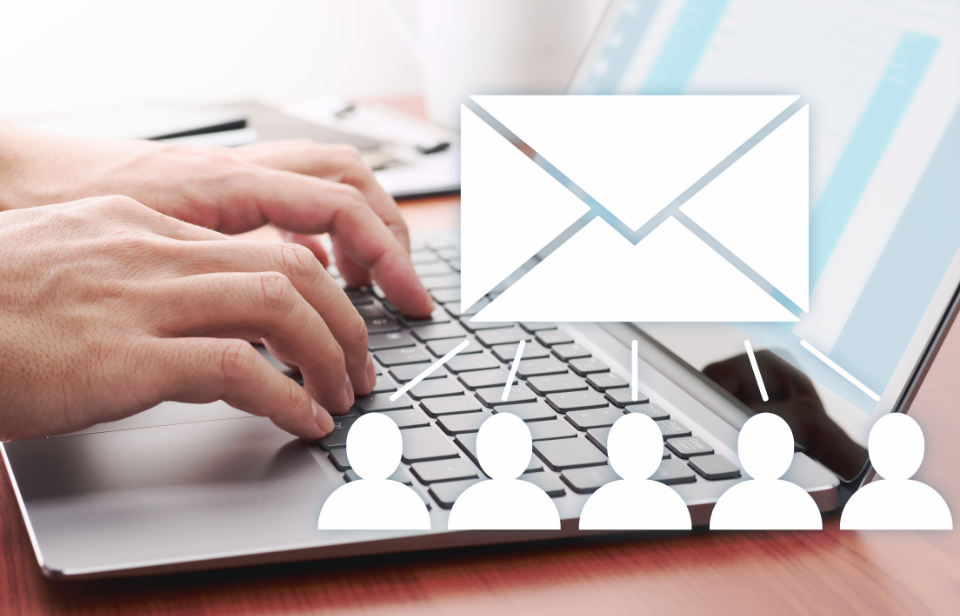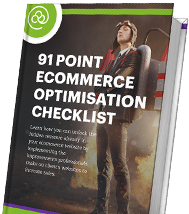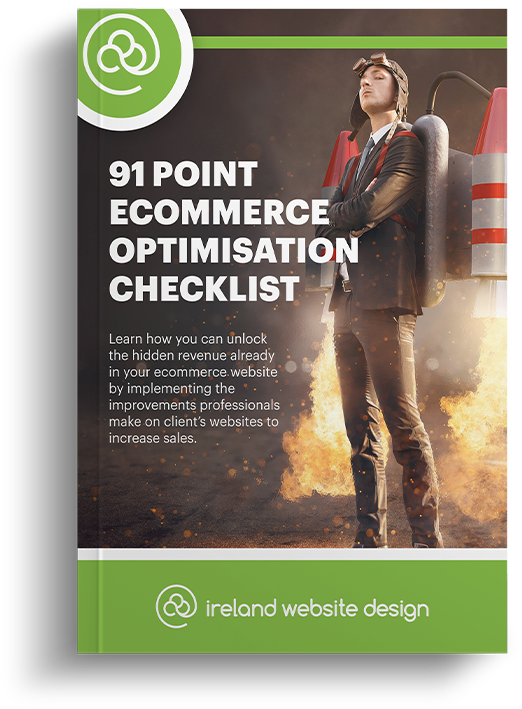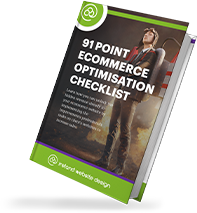Keeping customers engaged with your business is crucial for recurring revenue. Emails provide a good way to remind your contacts about your company and new products. But too many emails sent at the wrong time can harm your business! If customers get annoyed by your emails, they might mark them as spam and therefore never read them again. By following this guide you can avoid this and only target the right contacts at the right time.
Those marketing tools can help you gather information about contacts:
- Lead Scoring System to measure a contact’s level of engagement
- Site Tracking to track patterns of behaviour and assume their interest
- Dynamic Segmentation to group contacts for targeted messaging
So let’s jump right into the emails we suggest sending to your contacts:
Awareness
In this stage you want to make your contacts aware of your business and your products. To gather email addresses you should use sign up forms on your website, send out benefits like white papers in return for their email addresses and events on social media. After you got addresses of people who show interest in your products, you can start sending out those emails:
Welcome email
Welcome emails have the highest chances of getting actually read by your contacts. So make the first impression a good one! Those are easy to set up and will give you a huge benefit in the long run.
Follow us on social media
Social media gives you a more direct way of interacting with your contacts. Use Twitter and Facebook to send out information about new features of your products. Many people don’t actively unfollow companies on social media, so the chance is high that you have a persistent way of communicating to your contacts via social media.
Research
During this stage contacts evaluate their problem and look for solutions on the market. Because of the internet, contacts have limitless amounts of possibilities to educate themselves. They will also pay close attention to reviews by other people. Good reviews are the most valuable thing nowadays. In this stage you have to give contacts general information about solutions they might look for. Therefore, they will see you as a trusted source of information. This strengthens the relationship between you and the contact. Those emails will help during this process:
What are you interested in?
Find a way to identify your contact’s interests in the early research stage. This will help you deliver more targeted messages. You can do this by offering a variety of content in a single mail and then tracking which page they are visiting.
Content in various formats
Don’t limit your content to only a couple of formats. Everybody has his own preference when it comes to viewing content. So make sure you have your content ready as white papers, videos, e-books, webinars and more.
Content that explains their problem
Try to describe the problem of the contact. That way he knows that you understand his problem. This serves as a foundation for future interaction.
Content that gives advice and insights
Your content should be delightful to read but also help the contact with their problem. It is best when the visitors enjoy the content but learn about their problem at the same time.
Content that points to your solution
In the last phase of the research stage you want to start pointing the contact in the direction of your product. But don’t overdo it, because this could put them off. So give them slight hints to bring them to your products.
Comparison
By now, your contacts have educated themselves about possible solutions and are moving towards a decision on what to buy. You want to start to personally focus on the leads. Show them what makes your solution unique and why it would be suitable for your contacts. These emails can help you:
Have time to talk?
Try to set up a meeting with your contact. Meeting in person gives you more benefits than just writing emails.
How can I help?
If they are not open to a meeting, they might be open to somebody helping them. Specific help is even better.
Send a buyer’s guide
By sending content that compares solutions, you can tell the contact your opinion about competitors’ products.
What makes us different/better
Just say what you think about your product
Why our solution is perfect for you
Because you have already gathered a lot of information about the contact, you can speak to them very personally about what they are looking for. Explain why your solution fits their need.
Purchase
So your contact is happy with your product and bought it. Congratulations, now you have a customer. But it doesn’t end here. You need to keep the customer engaged in your business to keep him happy and generate more sales in the future. Help them use your product and give them other resources. Send those emails during the purchase stage:
Thank you and welcome
By welcoming your customers, you have the opportunity to send them a message. Tell them how thankful you are for their interest in your product.
Everything okay?
Ask your customers if they have any problems with your product. Address their concerns if they are having trouble.
Product use guidance
Try to guide all of your customers toward the most intelligent ways to use the product. This will stop many users from posting bad reviews if you help them right.
Best practices and pro-tips
Share advanced tips your top 1% users gave you with all of your audience.
How did it go?
Ask them how they get on after using the product for a while.
Retention
Keeping customers is easier than converting new ones. In this stage you focus on keeping your customers happy. Those emails help you with that:
Support resources
You might have lots of competitors who offer similar solutions. Providing excellent customer support can make the difference between you and everybody else. Make sure your customer is aware of your support resources.
Q & A convo
Start a conversation to strengthen the relationship between you and the customer and give them a chance to ask any questions they might have.
Newsletter
A newsletter gives you the chance to notify customers of new products, updates and support answers that might help everybody. Your newsletter needs to be as interesting as possible, otherwise it ends up in the spam folder.
Exposure
This is the last stage of the customer lifecycle. If everything worked out, you created a satisfied customer who will refer others to your product. And ‘word of mouth’ marketing is the best you can get. Send these emails that help during this stage:
Are you satisfied?
Ask your customer if they are happy with you. If they are, send them other emails asking them to refer you to others.
Would you refer us?
And don’t forget to thank them for doing so. Giving them a special treatment or other benefits can help persuading them.
Here’s an incentive to refer us
Give people a nudge to make a recommendation. This will pay off, because not everybody would make a recommendation by themselves.
Please give us feedback
Ask your customers to give you feedback. Happy clients will give you testimonials which you can use on your website. Unhappy customers can help you identifying weak spots in your process or product.
Deliver the right message at the right time. That way you can guide and influence your customers during the lifecycle. Emails are a good way of establishing communication and staying in touch.




